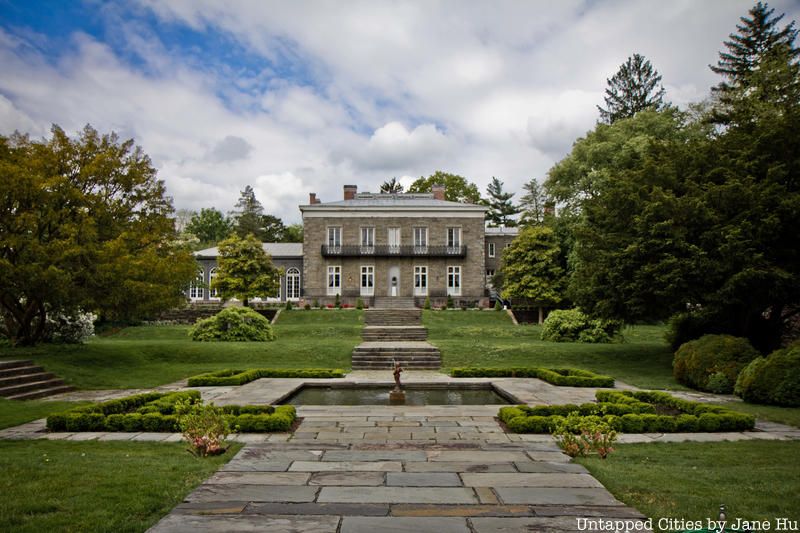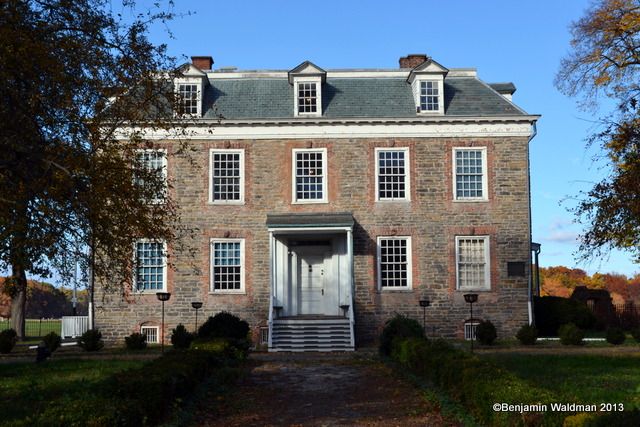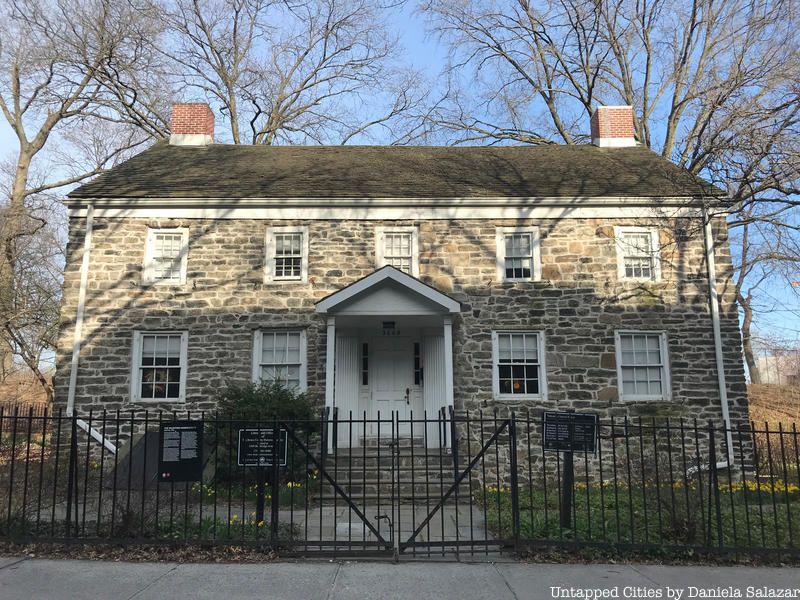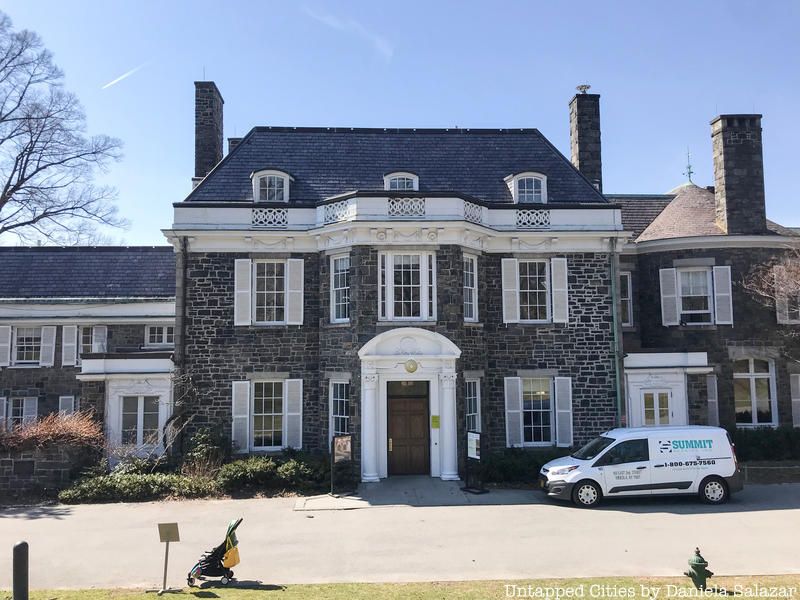Last Chance to Catch NYC's Holiday Notalgia Train
We met the voices of the NYC subway on our nostalgia ride this weekend!

New York City is home to numerous world-famous museums but if you need a break from classics like the Metropolitan Museum of Art or the MOMA, do check out some of the City’s smaller, off the beaten path museums. In this series, we’ll be rounding up unique house museums in each borough. They cover history, art, and nature, and are usually free of the throngs of visitors crowding into the galleries of the City’s more well-known institutions. Below, we begin by exploring five house museums located in the Bronx.

The Bartow-Pell Mansion Museum is located in Pelham Bay Park and is hidden gem. The Greek Revival house was constructed in 1836 by Robert Bartow (The second half of the museum’s name in honor of Thomas Pell, who had purchased the land from the Siwanoy Indians in 1654. In 1888, the Bartow family sold the house and its vast grounds to New York City to be a part of what would become Pelham Bay Park. Over the following decades, the house served as a home to numerous private and charitable organizations. In 1936, Mayor LaGuardia used the Mansion as his Gracie Mansion. The house opened to the public as a museum in 1946 and remained open ever since. It is currently part of the Historic House Trust. In addition to the house, its grounds, gardens (and even cemetery) are well worth a visit.

The Van Cortland House Museum is located at the edge of Van Cortland Park. It was built in 1748 in the Georgian style. The fieldstone house was constructed in what was then Yonkers by Frederick Van Cortland. In addition to being the oldest building in the Bronx, the house is noteworthy since during the Revolutionary War, it was used by Rochambeau, the Marquis de Lafayette, and George Washington. In 1896, the National Society of Colonial Dames in the State of New York converted the house into a Museum and it has been opened to the public ever since. According to the museum website, the “museum’s research focuses on the Van Cortlandt family, the social history of those who lived and worked on the property and the study of decorative arts.”

The Valentine-Varian House is the Bronx’s oldest farmhouse and second oldest house. It was built by Isaac Valentine in 1758, in the Georgian style. In 1792, the house was purchased by Isaac Varian from Valentine’s creditors. In order to ensure its preservation, the house was donated to the Bronx County Historical Society in 1965. At that time it was moved to its present site from further down the street. It is currently one of the Historic House Trust sites and also is home to the Bronx County Historical Society. When visiting, make sure to keep an eye out for the Bronx River Soldier sculpture in front of the house which was made for Woodlawn Cemetery but ended up at the bottom of the Bronx River.

The Edgar Allan Poe Cottage was built in 1812 in what was then the village of Fordham. At the time, it would have been typical of the working-class homes in the area. In 1844, Poe, his wife, and mother-in-law, moved into the cottage. The Poe family moved out to the country in an attempt to cure Poe’s wife’s tuberculosis. Unfortunately, it was unsuccessful and she died in 1847. After Poe died, his mother-in-law sold the house where he had written works including “Annabel Lee,” “Eureka” and “The Bells.” In 1913, the New York Shakespeare Society raised enough funds to move the house across the street, thereby saving it from destruction. The house is part of the Historic House Trust and is administered by the Bronx Historical Society.

Wave Hill was constructed in 1843 by William Lewis Morris, grandnephew of Lewis Morris, signer of the Declaration of Independence. Its famous residents have included Theodore Roosevelt, Mark Twain, and Arturo Toscanini. In 1960, the house was donated to New York City. Today, Wave Hill is a great place to go to escape the urbanism of the City. In addition to gray fieldstone mansion, Wave Hill boasts a green house, gardens, and views of the Palisades which are unrivaled.
Subscribe to our newsletter